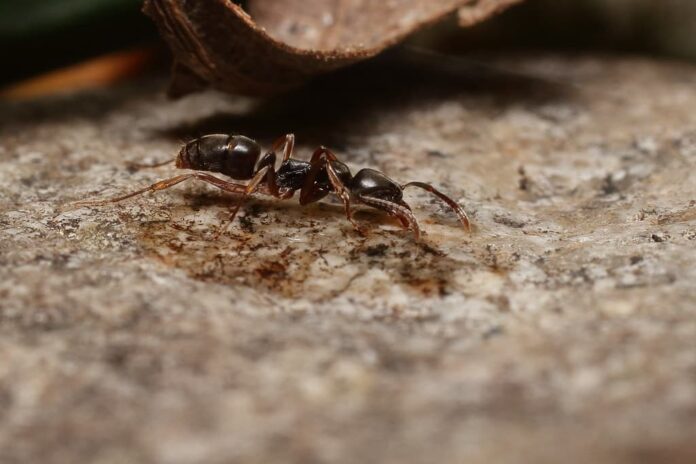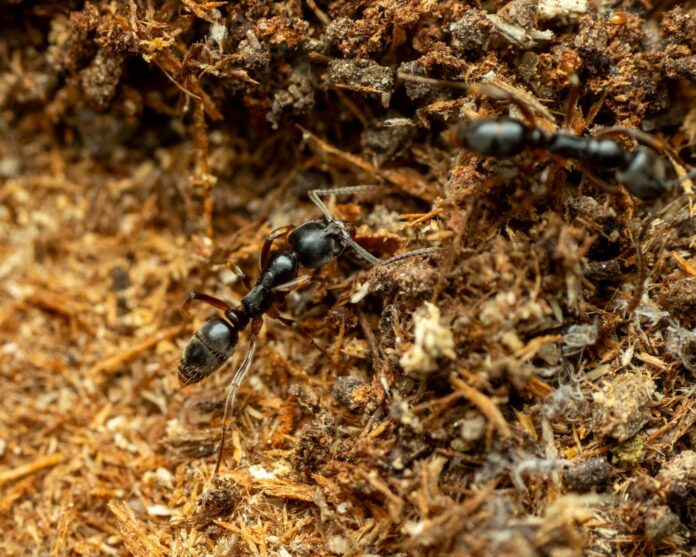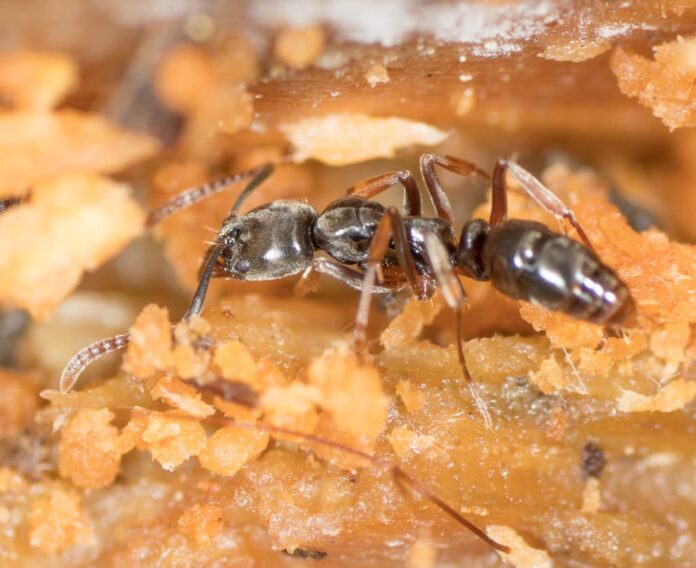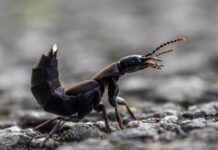Asian needle ant is one of the very few ant species that can deliver painful stings. That is not all, they also have very interesting behavior and habits that make them stand out. I always have a thing for ants; the fact that billions of them live together in colonies says it all. We are going to find out more about the Asian needle ants below, let’s see if you think they are cool too.
1Appearance & Behavior

Asian needle ant workers are 0.5 centimeters in length, and their shiny bodies are dark brown to black. However, the end of its antennae and legs as well as its mandibles and stinger are lighter orange-brown in color. As for the queen, she is slightly larger, reaching up to 0.65 centimeters in length. Males and queens have wings, and mated queens lose their wings and establish new colonies in new areas. They do so by laying eggs that develop into worker ants. An Asian needle ant has a sting that can deliver painful stings that are also venomous enough to cause an allergic reaction.
The stings from this ant can result in a life-threatening allergic reaction known as anaphylaxis to people who are sensitive to insect stings. The symptoms of this reaction include dizziness or fainting, low blood pressure, and skin reactions such as flushed or pale skin, hives, and itching. In serious cases, victims may experience constriction of the airway, breathing difficulty, swollen tongue or throat, and wheezing. The good thing is that they would rather flee than confront humans, so just make sure to stay out of their way.
Not different from other ant species out there, this one also exhibits eusociality. Each colony has overlapping generations where everyone has their own role. Generally, the queen reproduces while the workers forage to support the colony.
Fun Fact: Asian needle ants cannot cling to smooth surfaces like glass.
2Feeding & Habitats

Asian needle ant is native to Asia, with an invasive population in the United States, inhabiting damp, moist, and shaded environments. They like agricultural land or natural forests where they can build their ground nests beneath debris, logs, and stones. Asian needle ants are polydomous, meaning one colony consists of several nests. Along with that, they also also polygynous, which means the nests can have several queens. At the same time, these ants also like to live near termite colonies as termites are one of their food sources. As scavengers, they feed on a wide range of arthropods and invertebrates like beetles, centipedes, crickets, cockroaches, earthworms, grasshoppers, and spiders.
3Pests
One of the main reasons why people consider them as pests is because they can infest homes. Regular ants are already a nuisance, imagine a whole colony of ones that can painfully sting you. Along with that, they are large and strong enough to exclude native ant species and termites from their natural environment. The thing is that native ants play important roles in maintaining the status quo of the forest ecosystem. As an invasive species, Asian needle ants either eat those native ant species or their food, or take over their nest sites.
Related Post: Giant Turtle Ant Facts




